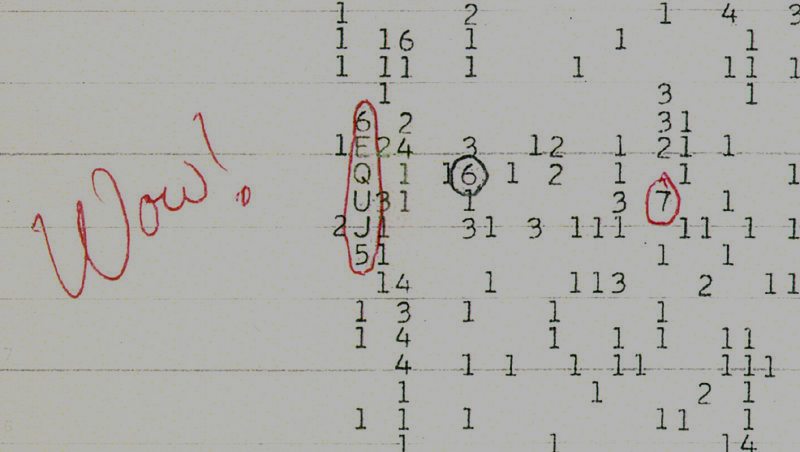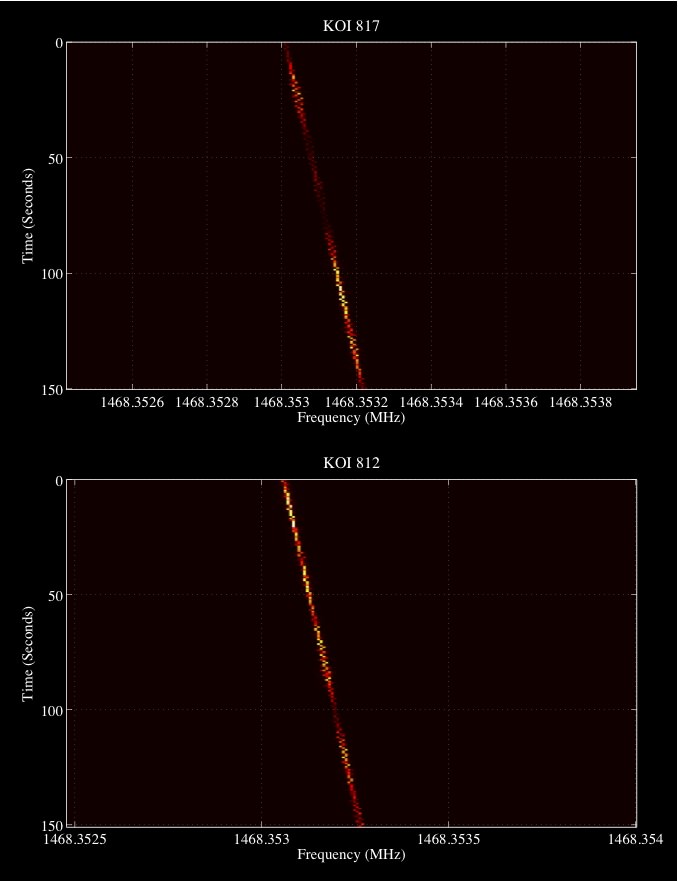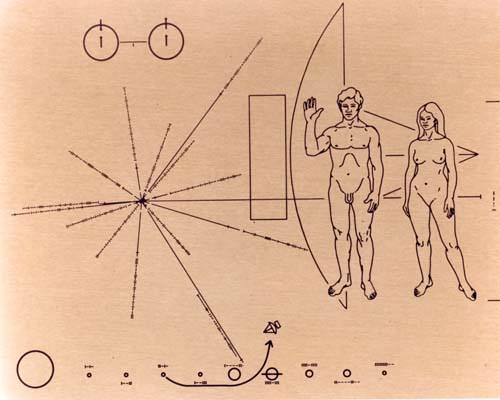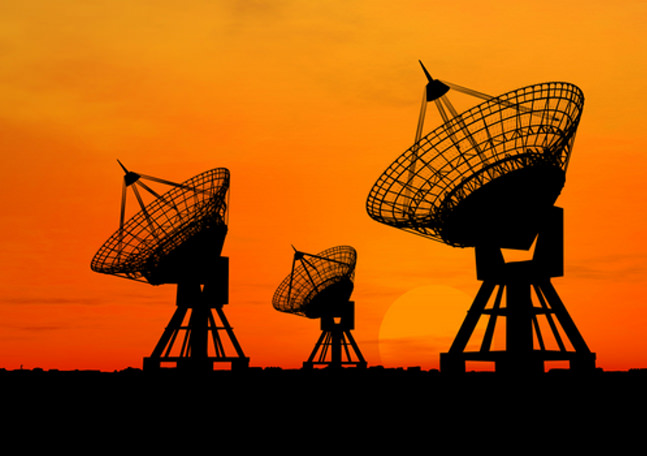Since the SETI program first began searching for possible alien radio signals a few decades ago, there have been many false alarms but also instances of fleeting signals of interest which disappeared again as quickly as they had appeared. If a potential signal doesn’t repeat itself so it can be more carefully observed, then it is virtually impossible to determine whether it is of truly cosmic origin. One such signal in particular caught astronomers’ interest on August 15, 1977. The famous “Wow!” signal was detected by the Big Ear Radio Observatory at Ohio State University; it was thirty times stronger than the background noise but lasted only 72 seconds and was never heard again despite repeated subsequent searches.
In a new book titled The Elusive Wow, amateur astronomer Robert Gray chronicles the quest for the answer to this enduring puzzle.
When the signal was first seen in the data, it was so pronounced that SETI scientist Jerry Ehman circled it on the computer printouts in red ink and wrote “Wow!” next to it. It appeared to fit the criteria for an extraterrestrial radio signal, but because it wasn’t heard again, the follow-up studies required to either confirm or deny this were not possible. So what was it about the signal that made it so interesting?
First, it did appear to be an artificial radio signal, rather than a natural radio emission such as a pulsar or quasar. The Big Ear telescope used a receiver with 50 radio channels; the signal was only heard on one frequency, with no other noise on any of the other channels. A natural emission would cause static to appear on all of the frequencies, and this was not the case. The signal was narrow and focused, as would be expected from an artificial source.

The signal also “rose and fell” during the 72 seconds, as would be expected from something originating in space. When the radio telescope is pointed at the sky, any such signal will appear to increase in intensity as it first moves across the observational beam of the telescope, then peak when the telescope is pointed straight at it and then decrease as it moves away from the telescope. This also makes a mere computer glitch a less likely explanation, although not impossible.
What about satellites? This would seem to be an obvious possible explanation, but as Gray notes, a satellite would have to be moving at just the right distance and at just the right speed, to mimic an alien signal. But then why wasn’t it observed again? An orbiting satellite will broadcast its signal repeatedly. The signal was observed near the 1420 MHz frequency, a “protected spectrum” in which terrestrial transmitters are forbidden to transmit as it is reserved for astronomical purposes.
There may be a bias in thinking that any alien signals will be like ours which leak out to space continuously, ie. all of our radio and TV broadcasts. That is, “normal” radio emissions from every-day type technologies which could easily be seen on an ongoing basis. But what if they were something more like beacons, sent out intentionally but only on a periodic basis? As Gray explains, radio searches to date have tended to look at many different spots in the sky, but they will only examine any particular spot for a few minutes or so before moving on to the next. A periodic signal could easily be missed completely, or if seen, it may be a long time before it is seen again.
Of course, it is also possible that any other civilizations out there might not even use radio at all, especially if they are more advanced than us (while other intelligent life might be behind us, as well). A newer branch of SETI is now searching for artificial sources of light, like laser beams, used as beacons.
So where does this leave us? The “Wow!” signal still hasn’t been adequately explained, although various theories have been proposed over the years. Perhaps one day it will be observed again, or another one like it, and we will be able to solve the mystery. Until then, it remains a curiosity, a tantalizing hint of what a definite signal from an extraterrestrial civilization might look like.
More information is available at the Big Ear Radio Observatory website.














